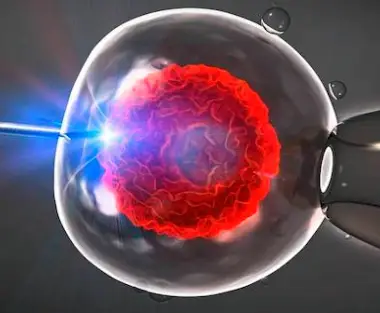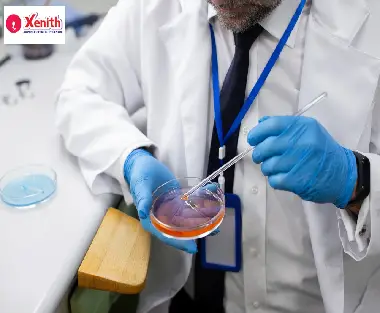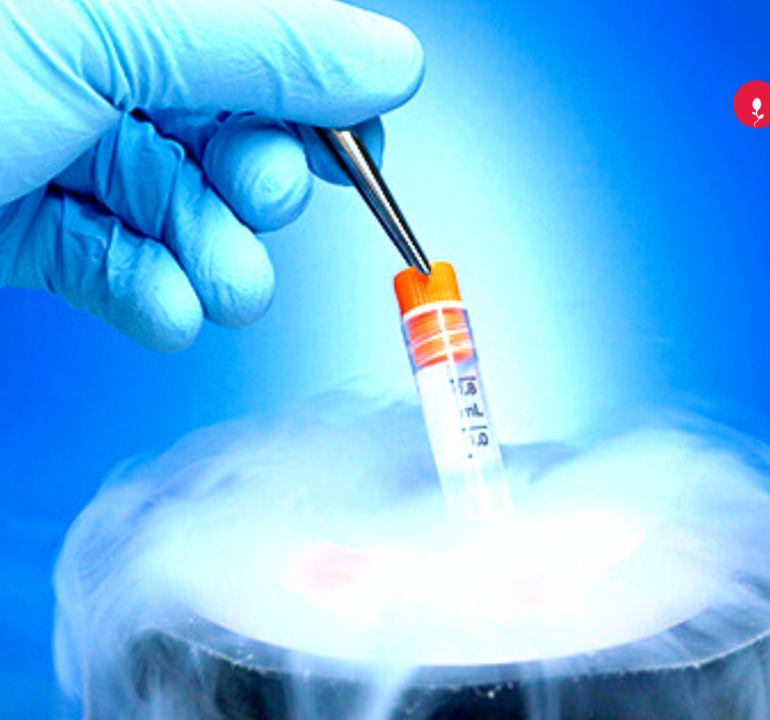Diagnostic, Operative, Laparoscopy and Hysteroscopy for Infertility
Laparoscopy: It is done using a small but significant telescope named ‘Laparoscope’ to which a light source and camera are attached. It enables doctors to see ovaries, outside of uterus and fallopian tubes inside the abdomen. The doctors can perform surgeries while looking inside the abdomen. Laparoscopy can be conducted for diagnostics to determine the causes of infertility, symptoms like pelvic pain & abdominal pain and to check if there are any scar tissues or blockage in the fallopian tubes. Laparoscopy can be used for operative surgery as well. The doctors use this technique to treat cysts, endometriosis and fibroids, fallopian tube problems.
Diagnostic, Operative, Laparoscopy and Hysteroscopy for Infertility
Hysteroscopy: A tool called ‘Hysteroscope’ is used to see inside the womb. The tip of the tool is put inside the uterus and trawled gently. A light source and camera are attached to the tool. Hysteroscopy is usually done to determine the cause of abnormal bleeding and to remove growths in the uterus like fibroids & polyps. Hysteroscopy is done prior to IVF when indicated to assess the health of the uterine cavity and endometrium for implantation. During the test, the doctor can find and treat the problem at the same time. Operative hysteroscopies can be used to identify and correct uterine abnormalities to provide a conducive environment for pregnancy.
The Benefits of Laparoscopy and Hysteroscopy for Infertility
Recovery Period after a Laparoscopy and Hysteroscopy
Book Appointment Today!
Recent Posts
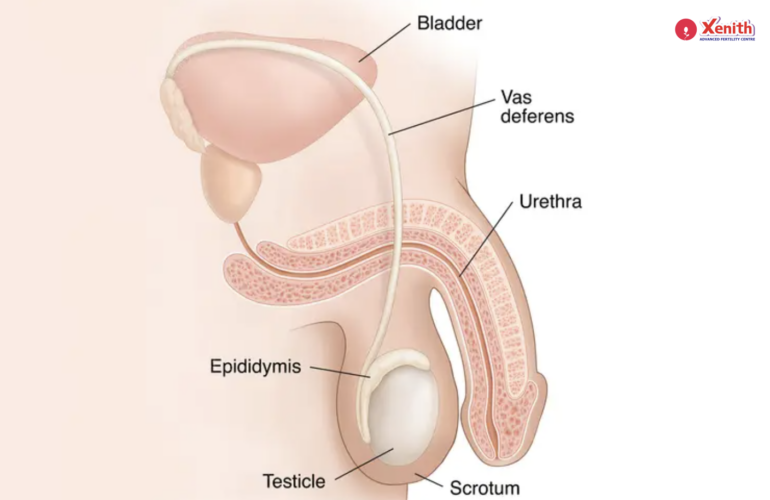
Epididymal Abnormalities: How They Affect Male Fertility and Treatment Options
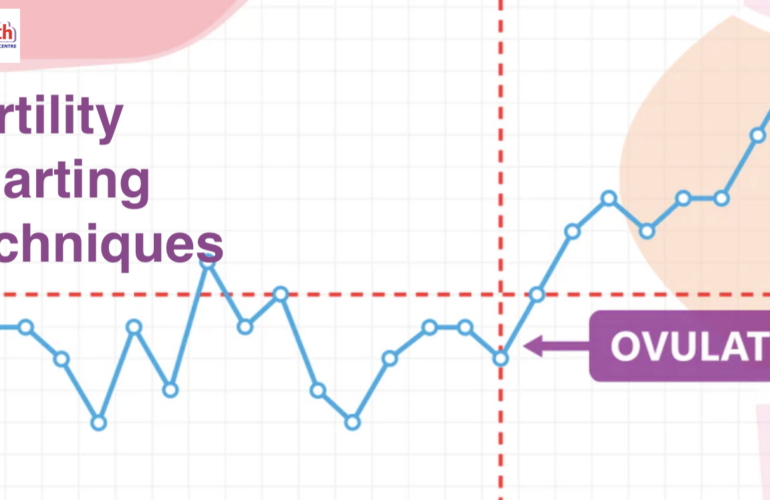
Fertility Charting Techniques: How Tracking Your Cycle Can Improve Your Chances of Conceiving
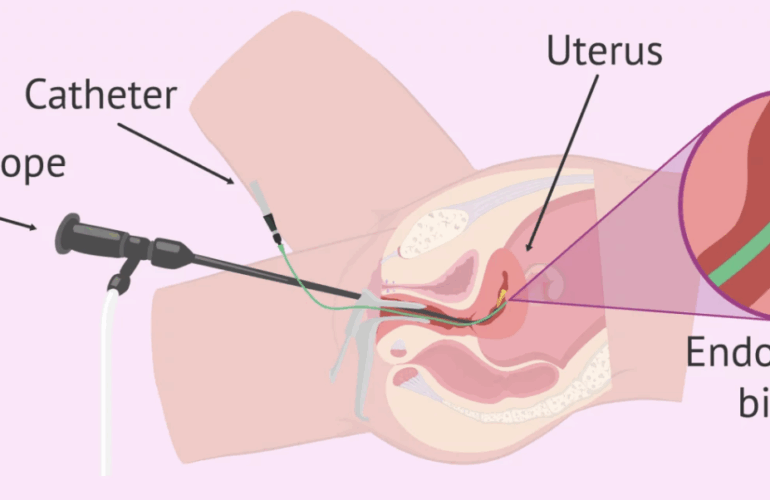
The Role of Endometrial Scratching in Improving IVF Success


